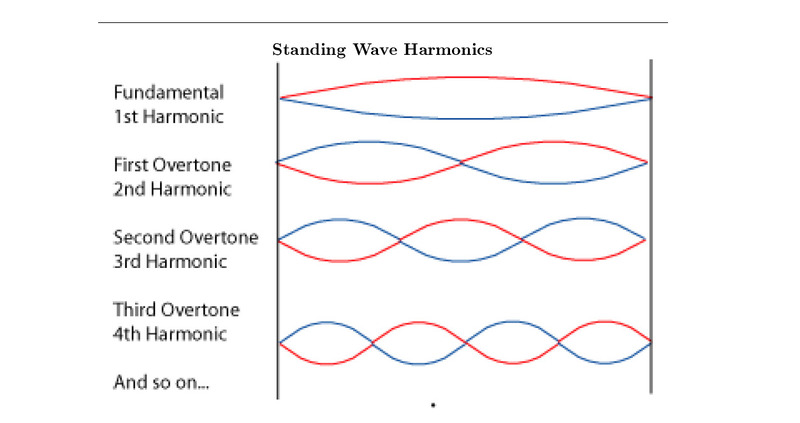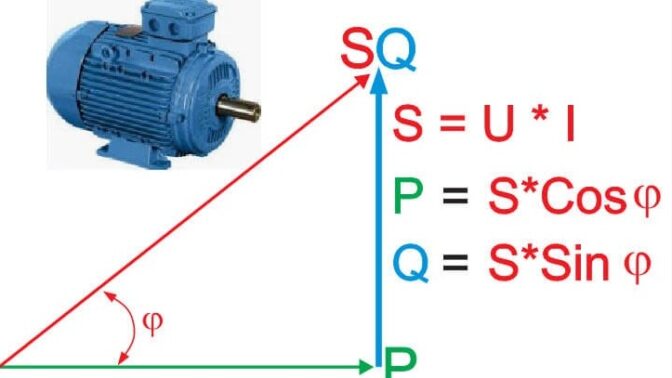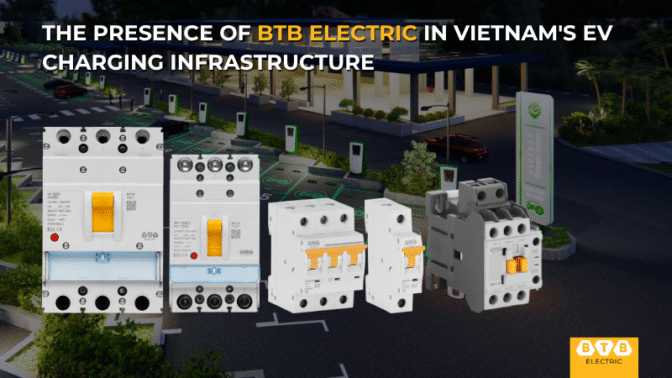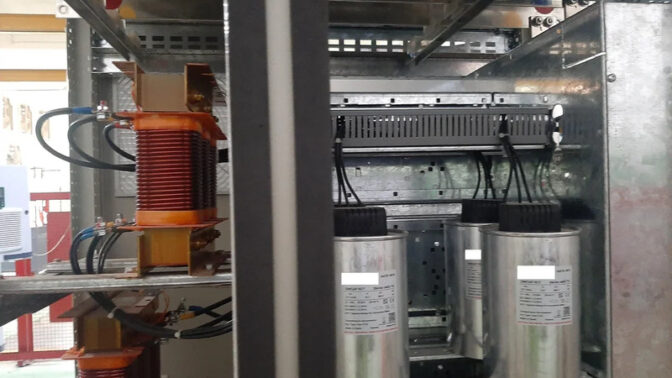24-12-2025
When is a reactor required for power factor capacitors?
Power factor correction capacitors are crucial components in electrical systems, helping to improve the power factor, reduce transmission losses, and stabilize voltage. However, under certain operating conditions, installing a reactor (inductor) in series with the capacitor becomes essential to protect the equipment and ensure the system operates efficiently. This article will help you understand when a reactor should be used with power capacitors, why it is necessary, and how to choose the right type of reactor for each case.
When the system contains harmonics
In modern electrical systems, especially in factories, office buildings, and industrial zones, the use of power electronics such as inverters, UPS systems, LED lights, elevators, and computers is widespread. These devices generate harmonics—a form of electrical noise that distorts the ideal sine waveform of the voltage.

Capacitors are highly sensitive to harmonics. Without filtering, capacitors can absorb large harmonic currents beyond their design limits, which can lead to:
- Overheating
- Shortened lifespan
- Bulging, leaking, or even exploding capacitors
Many capacitor manufacturers recommend installing harmonic filtering reactors when the Total Harmonic Distortion of voltage (THDu) is ≥ 3%, to ensure safety and durability.
When there is a risk of resonance in the system
Capacitors combined with the inductance of the power system form an LC circuit. If the resonance frequency of this circuit matches a harmonic order present in the system, voltage or current resonance can occur.
Possible consequences of resonance:
- Sudden surges of current at harmonic frequencies
- Capacitor damage, breaker tripping, cable overheating
- Widespread disturbances in the electrical system
Installing reactors shifts the resonance frequency away from harmful harmonic ranges, preventing internal resonance and protecting the system.
When using high-power capacitors or multiple capacitors in parallel
In systems requiring large reactive power compensation, capacitors rated 25 kVAr or higher, or banks of parallel capacitors, are often used. When such capacitors are switched on, they can draw very high inrush currents—up to 20–30 times their rated current in a short time.

High inrush currents may result in:
- Localized voltage drops
- Premature capacitor failure
- Interference with other equipment on the system
In this case, the series reactor limits the inrush current, ensuring smoother and safer capacitor operation.
When aiming to increase system lifespan and stability
Even in systems with minimal harmonic distortion, using capacitors with series reactors provides benefits such as:
- Reduced power loss
- Lower inrush current
- Stable operating temperature
- Extended capacitor lifespan
- Improved system reliability
Although this requires a higher initial investment, it provides long-term operational advantages and reduces maintenance needs.
Installing a reactor with power factor correction capacitors is essential when the electrical system contains harmonics, has the potential for resonance, or uses high-capacity capacitor banks. This approach not only protects the capacitors but also enhances overall system performance and durability.
As power grids become increasingly "polluted" due to the widespread use of power electronics, harmonic-filtering capacitor banks are becoming a standard requirement for modern, reliable, and safe electrical systems.



